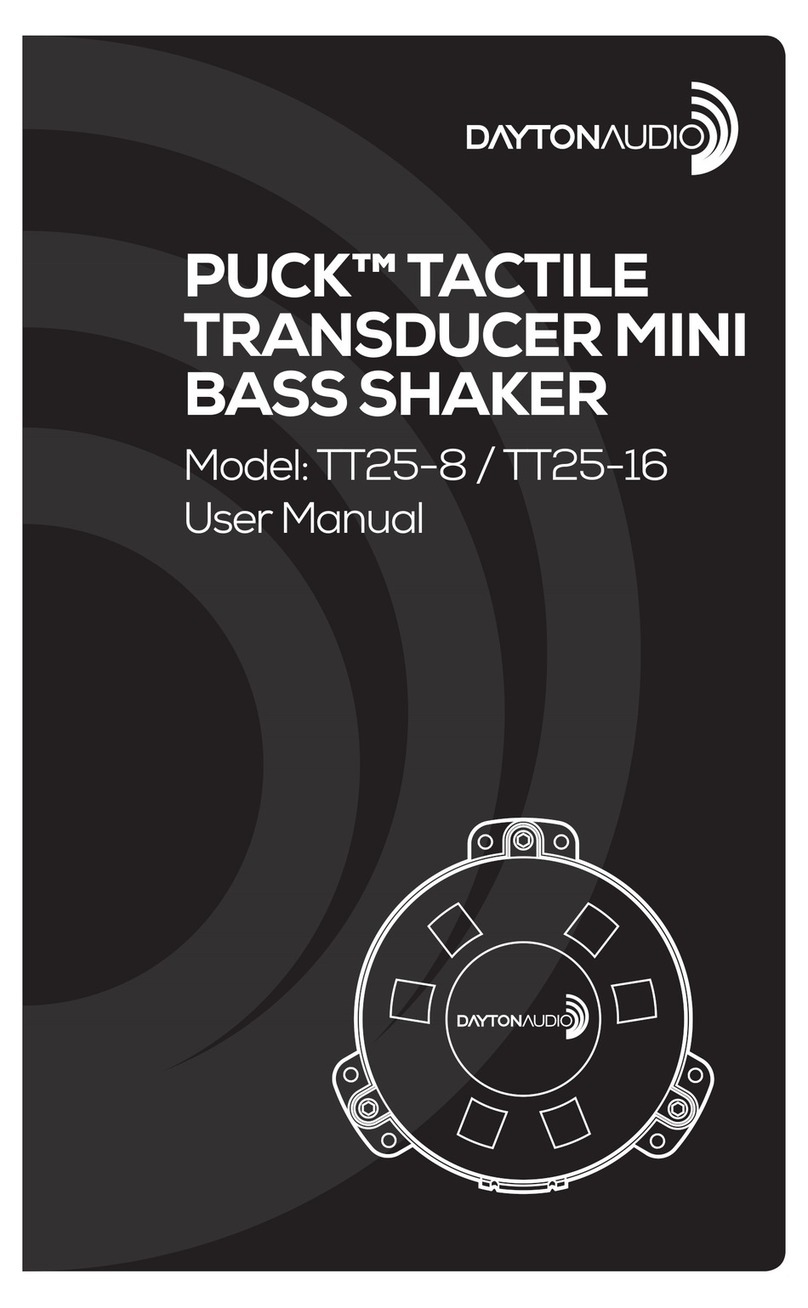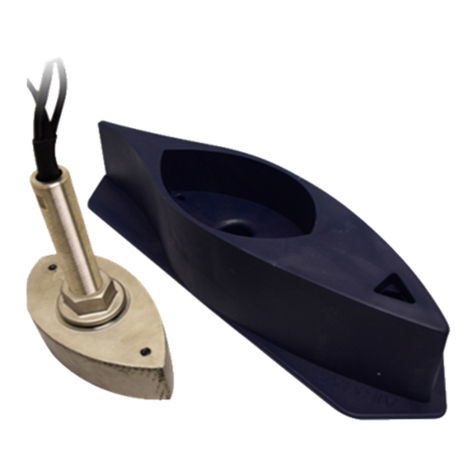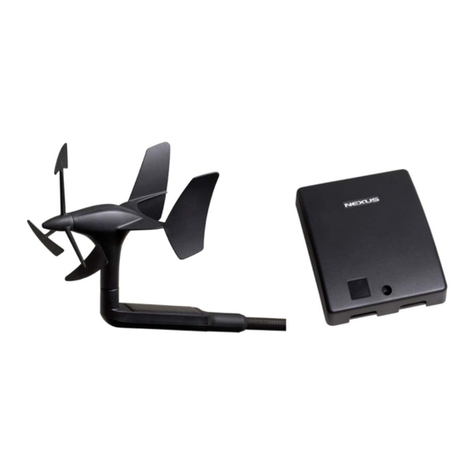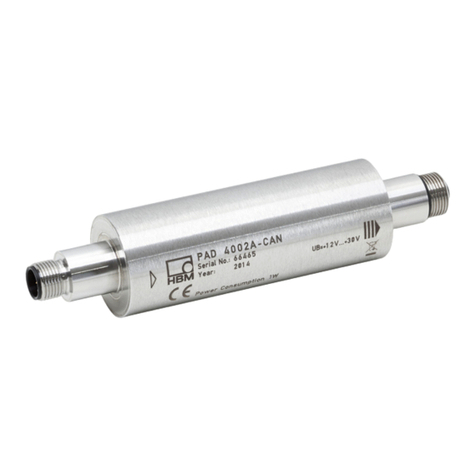DaytonAudio HDN-8 User manual

SOUND EXCITER
TRANSDUCER
Model: HDN-8 User Manual

Congratulations on the purchase of your Dayton Audio®HDN-8 Sound Exciter Transducer.
This rugged, all-purpose audio exciter is designed to deliver reliable, high-quality audio in a
variety of structural and architectural audio applications while withstanding harsh environ-
ments. It features weather-resistant construction, high-quality components, and exclusive
design by Dayton Audio for outstanding performance and value.
GRugged plastic housing with rubberized coating
GCoarse-threaded mounting stud for single-point mounting into a variety of materials
GHermetically-sealed for installation in wet or humid environments
Please read these instructions completely before you begin your installation.
1. Installation Tools
The Dayton Audio speakers can be installed with the following simple tools:
GPencil
GWire cutters & wire stripper/crimp tool
GDrill & drill bits
GStud finder**
** Optional tools to make the installation easier.
2. Choosing the Location
The HDN-8 transducer is designed to produce optimum results when installed
into a wooden structure or panel, but it may also be installed into fiberglass or
plastic objects where a pilot hole is provided. When installing the HDN-8 into a
wooden structure, choose a structural member that is firmly coupled to the entire
structure. If installing the HDN-8 into a wall, make sure to install its threaded point
directly into a stud, or into a suitable panel bonded to the drywall; do not install its
threaded point directly into drywall. The HDN-8 should not be mounted where it will
be continuously exposed to moisture. Do not immerse in liquid or install where the
transducer may fall into water; an electric shock may be received.
The location you choose will be guided by your application. For additional applica-
tion notes, please see the HDN-8 Application Guide.
3. Installation of the HDN-8
CAUTION: Be certain that there are no electrical wires, water pipes, or
heating ducts in the planned installation area before you begin drilling or
cutting. If there is an electrical outlet nearby, turn off the circuit breaker to
avoid possible injury.
Your Dayton Audio HDN transducer is compact, but substantial in weight. It should
be mounted into solid material, not drywall. If drywall mounting is required, use
high-strength anchors designed for heavy loads such as light fixtures. To avoid
personal injury, please make sure the location you choose for mounting your HDN
transducer can safely support its weight.
To mount the HDN transducer without splitting the wood or other material, a pilot
hole for the threaded point should be marked and drilled. The pilot hole should be
no larger than 1/8” diameter when installing into wood; the ideal diameter of the
pilot hole may be different in different materials.
After drilling the pilot hole, install the HDN-8’s threaded point into the hole by rotat-
ing the entire transducer, and ensure a snug fit prior to connecting the wires. To
avoid damage to the HDN-8 housing, do not overtighten the threaded point.

4. Speaker Cable
Your HDN-8 transducer is a high-power device. We recommend using a high qual-
ity oxygen free copper two-conductor speaker cable. For runs less than 50 feet
we recommend 16 gauge cable minimum, and for longer runs we recommend 14
gauge or larger cable. Note that most municipalities require the use of CL2 rated
speaker cable for cable runs through walls and ceilings. If drilling holes for rout-
ing the cable through studs in your wall, your local code may require you to fill the
hole that the wire passes through with a fire-resistant caulking material to slow the
spread of fire.
5. Connections
Remove about 4” of the outer cable jacket to expose the inner wires (for CL2 or “in-
wall” speaker cable only). Strip 1/8” of insulation from each wire and install “Fast-
on” spade connectors by crimping or soldering onto the bare conductors. After
installing the connectors onto each wire, connect the wires to the terminals of the
HDN-8. When connecting the wires to the HDN-8 transducer, be sure to observe
proper polarity for the best sound. Most CL2 rated speaker cable has red and black
conductors within the jacket, so connect the red wire to the red terminal on the
HDN-8, and the black wire to the unmarked terminal on the HDN-8. The red (+) ter-
minal on the HDN-8 should correspond to the red (+) terminal on the amplifier, and
the unmarked terminal should correspond to the (-) terminal. Verify that the spade
connectors engage firmly with the tabs.
6. Troubleshooting
Should your HDN-8 not work properly, check the following:
No sound or quiet/strange sound:
G
Make certain you observed proper polarity when multiple transducers are
used. Check the connections at each end of the cable for proper polarity.
GAmplifier mute feature or protection mode is activated. Check for short
circuits in speaker wiring.
GLoose connection at either the amplifier or the transducer. Double
check connections.
GBad speaker cable. Replace suspect speaker cable.
Amplifier cuts on and off:
GThis could be caused by a short circuit between the positive and
negative leads. Check the connections at the amplifier, and then at the
transducer; make sure that no strands of wire from one connector are
touching the other connector.
G
The impedance load for the amplifier is too low. This may be caused
by connecting too many HDN-8 drivers to one channel of the amplifier.
Some amplifiers provide automatic protection against damage from low-
impedance loads by disconnecting the amplifier. Use series-parallel wir-
ing if necessary to maintain the necessary minimum impedance load.
7. Caring For Your HDN-8 Transducer
Use appropriate amplification for the HDN-8’s power rating and your application. If
the sound becomes distorted, reduce the volume.
HDN-8 transducers are designed to withstand outdoor environments, including
incidental exposure to water. They are not designed to be washed using a pressure
washer or hose nozzle. If debris accumulates on the housing of the transducer, use
a damp sponge or cloth to remove it.

Dayton Audio®Last Revised: 3/14/2017
daytonaudio.com
tel + 937.743.8248
info@daytonaudio.com
705 Pleasant Valley Dr.
Springboro, OH 45066
USA
Specifications
Model number HDN-8
Description Sealed Audio Transducer
Frequency Response 40-15,000 Hz (typical)
Impedance 8 Ohms
Power Handling (RMS/Peak) 50W / 100W
SPL 1W/1m Varies by application
Dimensions HxWxD 4" x 1.75"
Color Black (rubberized)
Weight 2.2 lb / 1.0 kg

New Construction
When installing the HDN-8 into new construction, use a 10"square piece of hardwood 1/4" to 1/2" thick and suspend it from the adjacent studs as shown using
woven Nylon or flexible plastic straps attached using drywall screws. Install the HDN-8 into the rear of the hardwood panel. When drywall is installed, install four
drywall screws thru the drywall into the hardwood panel. This creates a high quality “hidden speaker” within the wall itself. A low frequency panel may be creat-
ed by using a larger or thicker piece of hardwood and multiple HDN-8 transducers with electrical low-pass filtering. Hardwood provides the best audio quality,
but plywood may also be used; be sure to use consistent thicknesses and sizes of wooden material for all “hidden speakers” to ensure matched output.
Existing Construction
The HDN-8 is also easy to retrofit into an existing space. Install the HDN-8 into a 5"by 10"rectangular piece of hardwood or plywood. Cut a 5" x 5" hole in the
drywall below the location where the “hidden speaker” will be installed, and pull the speaker cable through the hole to attach to the transducer as prescribed.
Apply a construction adhesive to the side of the panel opposite where the HDN-8 transducer is installed, and insert it into the wall void. Hold the panel in a
vertical orientation at the desired height and install two drywall screws through the drywall and into the panel, in order to hold the panel in place while the
adhesive cures.
Other Applications
The HDN-8 is extremely versatile, and can be used in any application where sound is required, but exposed or visible speakers are undesirable. This
includes multimedia exhibits, electronic casino gaming equipment, and arcade games. Additionally, the HDN-8 can add sound to furnishings, bathroom
fixtures, cabinets, and under flooring. When using the HDN-8 in these applications, observe all precautions outlined in the User Manual. It is recommended
that the HDN-8 be installed into a wooden structural component coupled to the surface, or into a wooden plate bonded to the surface that will produce
sound. When multiple HDN-8 transducers are used, series-parallel wiring may be employed to ensure the proper impedance load for the amplifier.
© Dayton Audio®Last Revised: 1/21/2015
Under Flooring
Under Decking
Speaker
Wire
Straps
Alignment
Marks
Drywall
Drywall Screws
Alignment
Marks
If at any time you feel uncomfortable with the installation or
use of this product please consult a professional installer.
When mounting, tighten only to a snug fit. Overtightening
may result in damage to your transducer.
Below are some recommended applications for the versatile
Dayton Audio HDN-8 transducer.
NOTE!
Hidden Weatherproof Full Range Sound
Exciter Transducer Applications Guide
daytonaudio.com

Table of contents
Other DaytonAudio Transducer manuals
Popular Transducer manuals by other brands
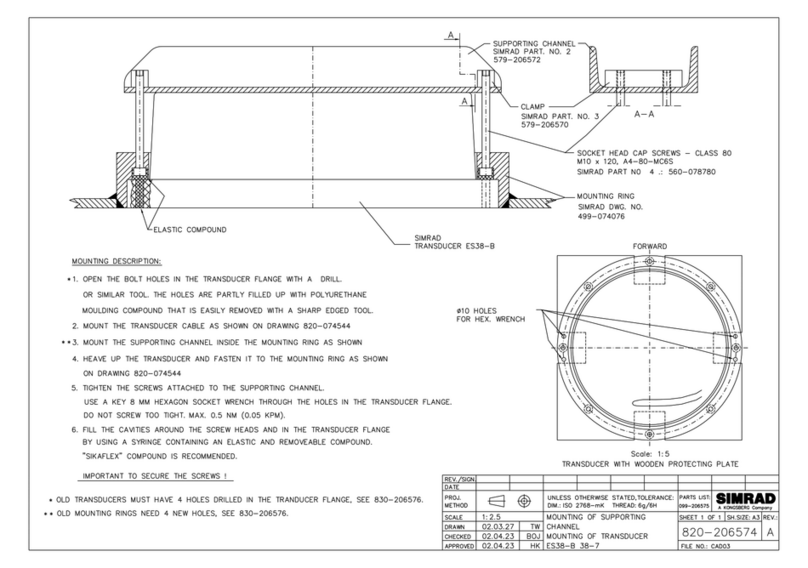
Simrad
Simrad SUPPORT BEAM MOUNTING - SCHEMA REV A manual
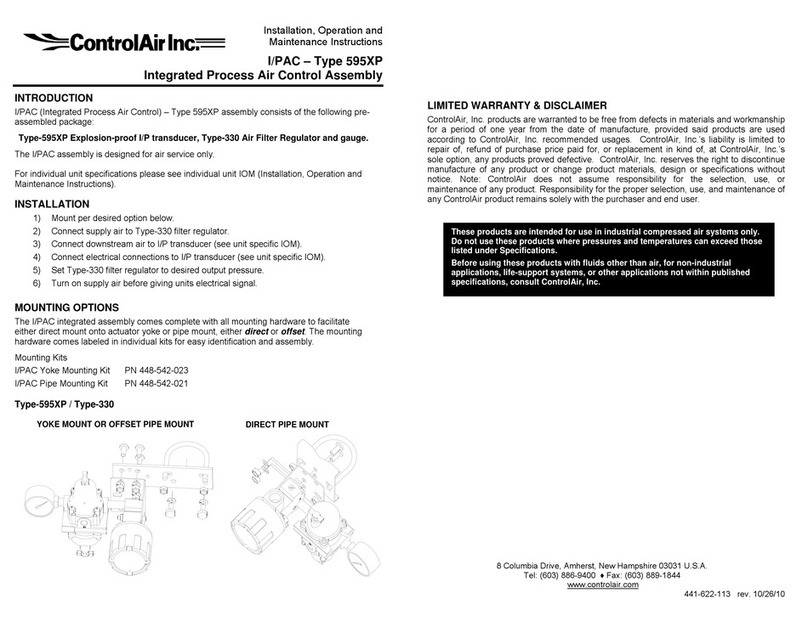
controlair
controlair 595XP Installation, operation and maintenance instructions
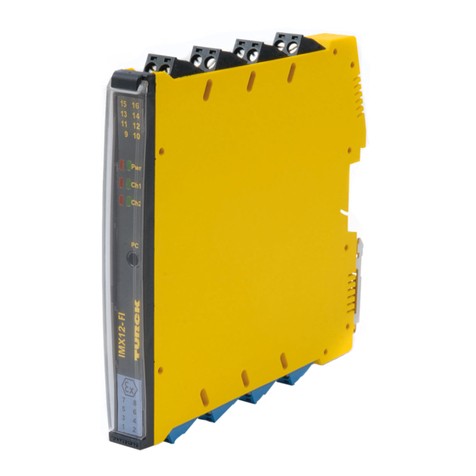
turck
turck IM12-FI01-1SF-1R Safety manual
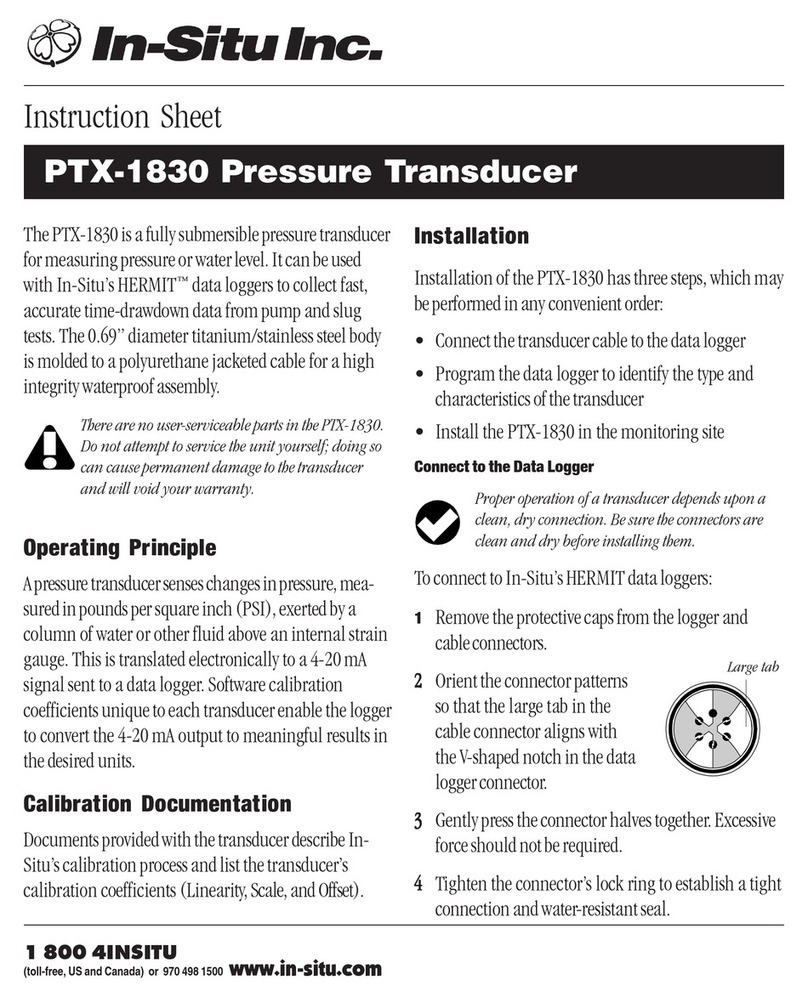
In-situ
In-situ PTX-1830 instruction sheet
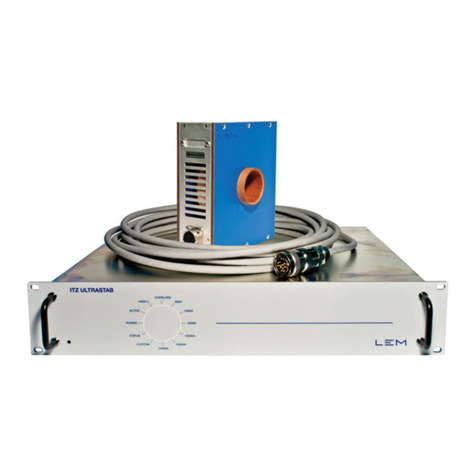
LEM
LEM ITZ 2000-SBPR FLEX ULTRASTAB manual

Viatran
Viatran 28H Installation data manual
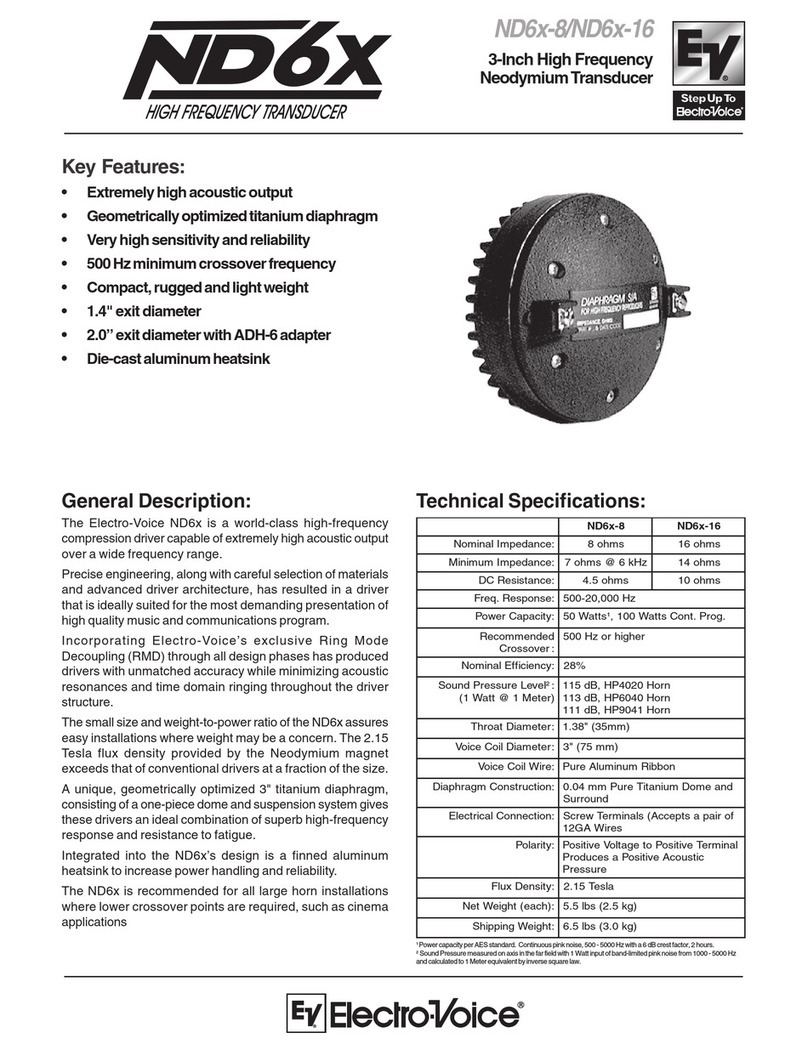
Electro-Voice
Electro-Voice 3-Inch High Frequency Neodymium Transducer... Technical specifications
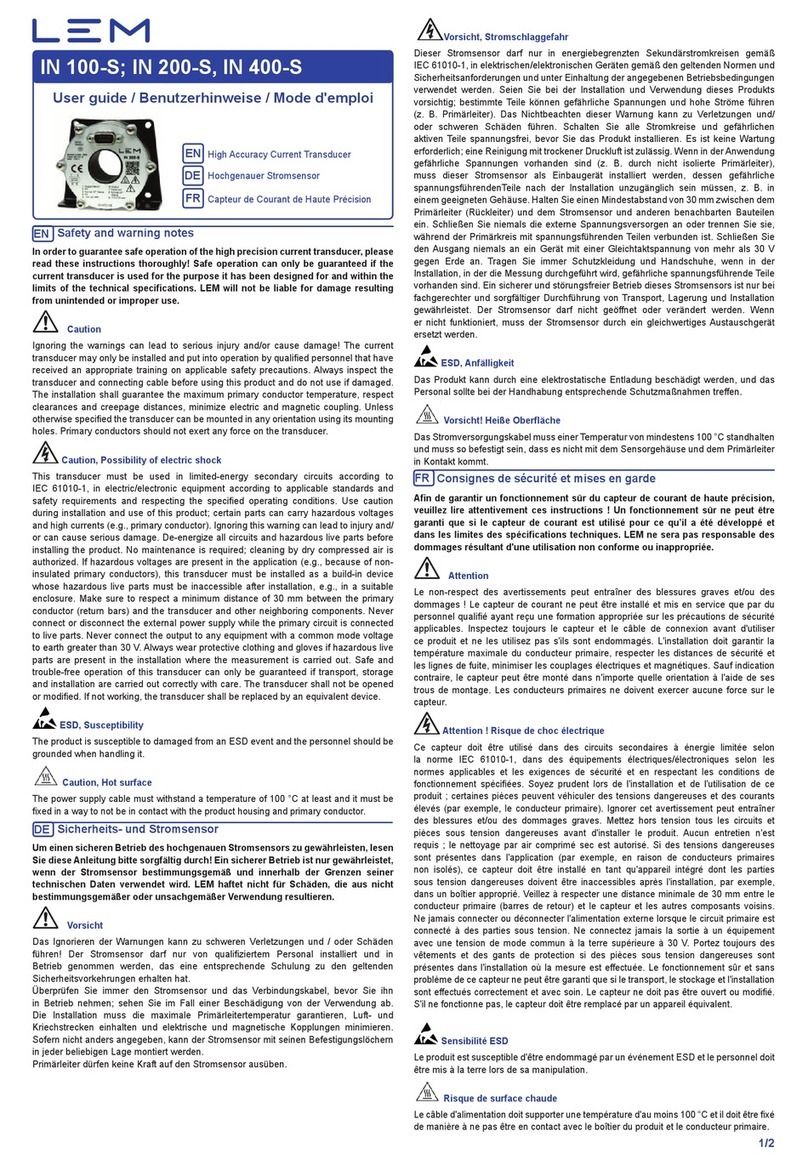
LEM
LEM IN 100-S user guide
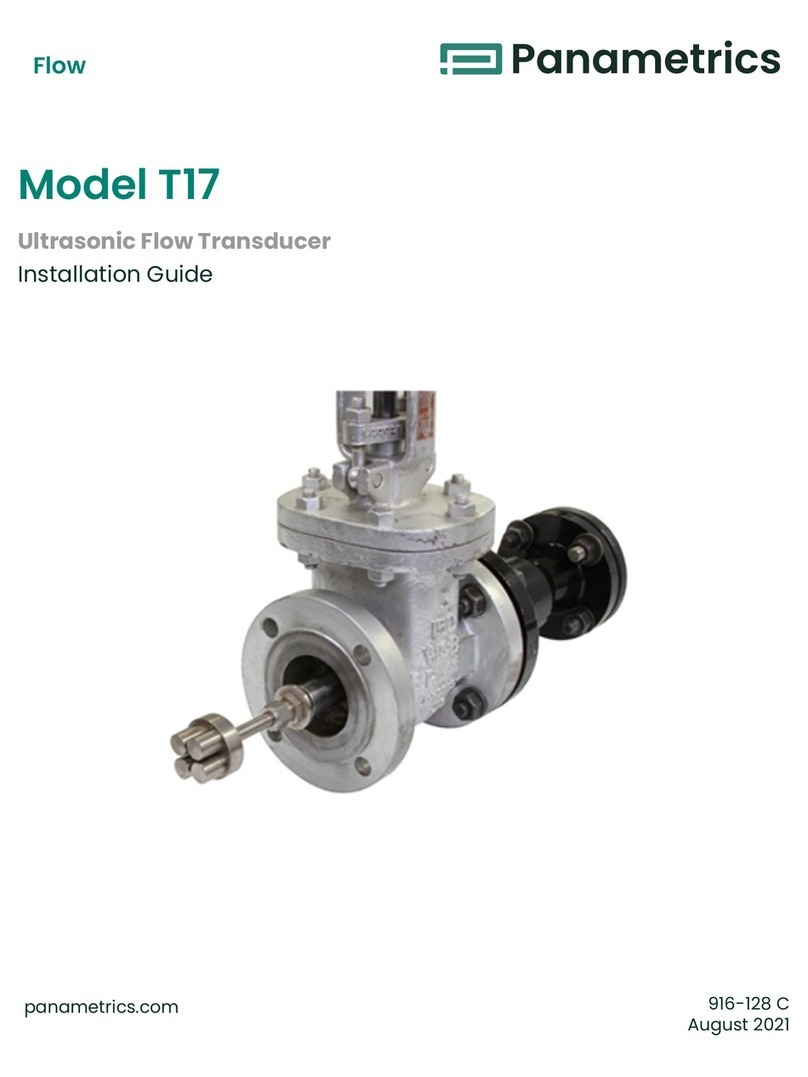
Panametrics
Panametrics T17 installation guide

ETH-messtechnik
ETH-messtechnik DRVL Operator's manual
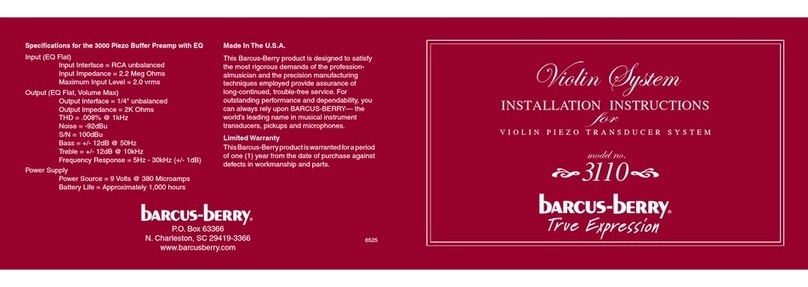
Barcus-Berry
Barcus-Berry 3110 installation guide
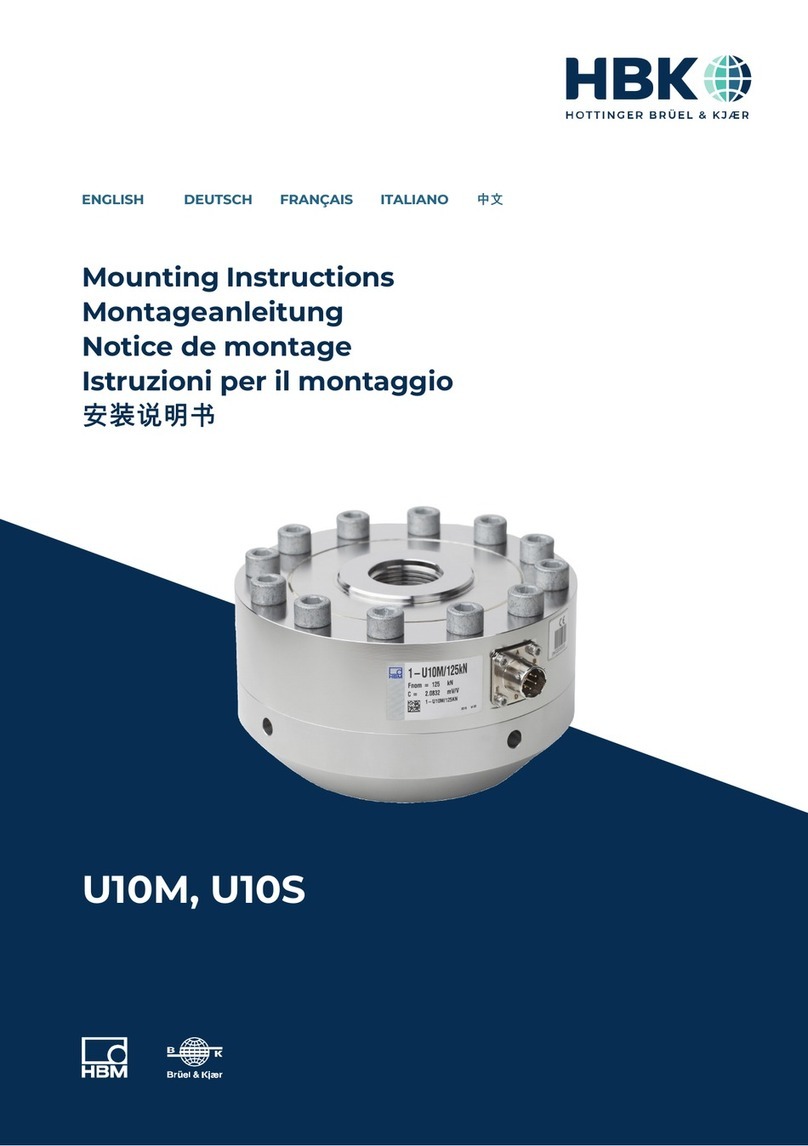
HBK
HBK HBM Bruel & Kjaer U10M Mounting instructions
